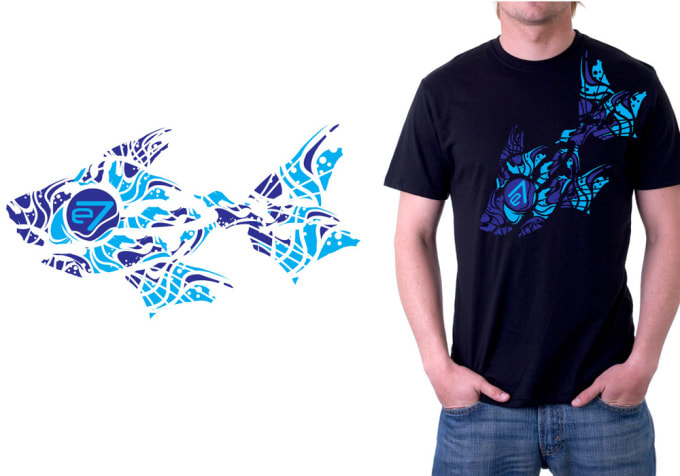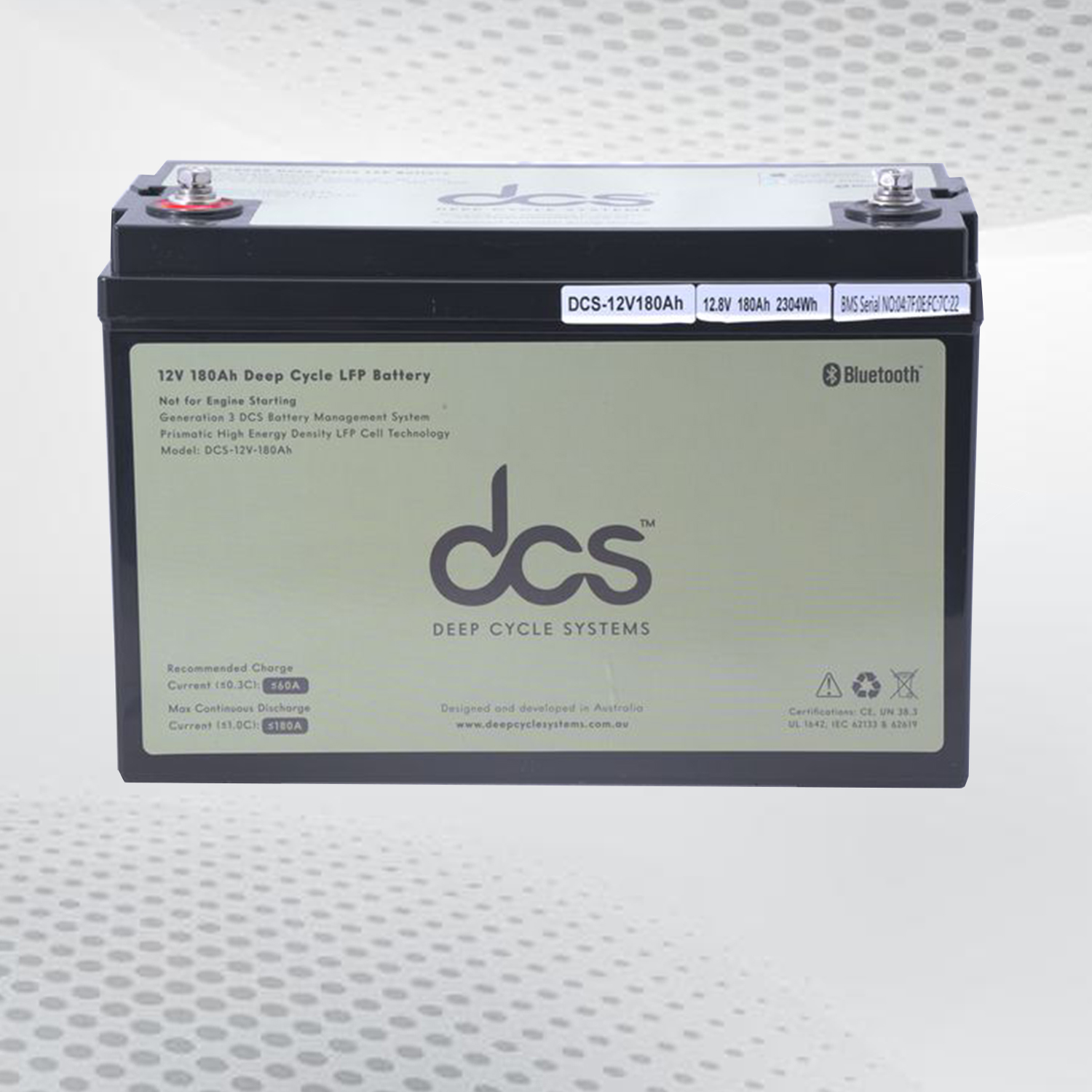The apparel printing industry is booming like never before, becoming a cornerstone of the modern fashion and customization business. With the increasing demand for personalized clothing, advancements in printing technology, and the rise of e-commerce, apparel printing has evolved into a highly profitable and fast-growing sector. In this article Dallas Shirt Printing will explores the reasons behind the industry’s growth, the types of apparel printing, and why it is a promising business opportunity in today’s era.
The Rise of Customization
One of the primary drivers of the apparel printing industry’s growth is the consumer’s desire for personalized and unique clothing. In a world where individualism is celebrated, people want their clothing to reflect their personality, beliefs, and preferences. Custom apparel printing allows individuals to express themselves creatively, whether it’s through custom t-shirts, hoodies, or caps. This demand for personalization has led to a surge in businesses offering custom printing services, from small home-based operations to large-scale online platforms.
Technological Advancements
Technological innovations have played a significant role in the expansion of the apparel printing industry. The introduction of digital printing techniques such as Direct-to-Garment (DTG) printing, sublimation printing, and heat transfer printing has revolutionized the industry. These technologies offer high-quality prints with vibrant colors, intricate details, and long-lasting durability. Unlike traditional screen printing, which required significant setup time and was cost-effective only for large orders, digital printing allows for quick turnaround times and is economical even for small batches or single pieces.
Moreover, the integration of software solutions has made it easier for businesses to design and manage custom orders. Online design tools and print-on-demand services enable customers to create their own designs and see a preview of the final product before placing an order. This convenience has further fueled the demand for custom apparel, making it accessible to a broader audience.
E-commerce and Global Reach
The growth of e-commerce has significantly contributed to the expansion of the apparel printing industry. Online stores and marketplaces have made it easier for businesses to reach a global audience, breaking down geographical barriers. Customers can now order custom apparel from anywhere in the world and have it delivered to their doorstep. This global reach has opened up new opportunities for businesses to scale their operations and tap into international markets.
Social media platforms have also played a crucial role in promoting apparel printing businesses. With the ability to showcase products through visually appealing content, brands can engage with their target audience and build a loyal customer base. Influencers and celebrities wearing custom apparel further drive demand, as consumers are often inspired by their favorite personalities’ fashion choices.
Diverse Printing Methods
The apparel printing industry offers a variety of printing methods, each catering to different needs and preferences. Some popular techniques are:
- Screen Printing: A traditional method known for its durability and vibrant colors, screen printing is ideal for large orders and designs with limited colors. It involves creating a stencil (screen) and using it to apply layers of ink on the fabric.
- Direct-to-Garment (DTG) Printing: This digital printing technique allows for full-color designs with intricate details. DTG printing is perfect for small orders or one-off designs, as it doesn’t require a lengthy setup process.
- Sublimation Printing: Sublimation printing involves transferring dye onto fabric using heat. It is best suited for synthetic materials like polyester and is popular for printing all-over designs, sportswear, and vibrant, long-lasting prints.
- Heat Transfer Printing: This method uses heat to transfer vinyl or printed designs onto fabric. It is versatile and works well for various materials and designs, making it a popular choice for custom apparel.
- Embroidery: While not technically printing, embroidery is a popular method for adding logos, names, and intricate designs to apparel. It is known for its durability and professional appearance, making it a favorite for corporate apparel and uniforms.
Sustainability and Ethical Practices
As consumers become more environmentally conscious, sustainability has become a critical consideration in the apparel printing industry. Many businesses are adopting eco-friendly practices, such as using water-based inks, recycled materials, and reducing waste. Print-on-demand services also contribute to sustainability by minimizing overproduction and reducing the environmental impact associated with mass production.
Ethical practices, such as fair labor conditions and transparent supply chains, are also gaining importance in the industry. Consumers are increasingly seeking out brands that align with their values, making it essential for apparel printing businesses to adopt ethical and sustainable practices to stay competitive.
A Lucrative Business Opportunity
The apparel printing industry offers numerous opportunities for entrepreneurs and businesses. Whether starting a small online store or expanding an existing business, the demand for custom apparel continues to rise. The relatively low startup costs, coupled with the ability to scale operations through e-commerce, make it an attractive business venture.
Moreover, the industry’s versatility allows businesses to cater to various niches, such as corporate apparel, sportswear, promotional products, and fashion. By offering unique designs, high-quality prints, and excellent customer service, businesses can differentiate themselves in a competitive market and build a loyal customer base.
Conclusion
The apparel printing industry is undoubtedly one of the fastest-growing sectors in the fashion and customization market. Driven by technological advancements, the rise of e-commerce, and the demand for personalized clothing, it presents a wealth of opportunities for businesses and entrepreneurs. As consumers continue to seek out unique, high-quality apparel, the industry is poised for continued growth, making it an exciting and profitable business of the era.




